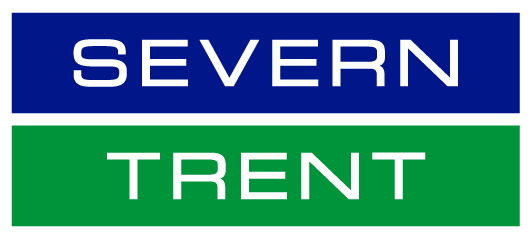Compliance and assurance
Biosolids compliance, quality assurance standards and regulations
On each of our wastewater treatment sites, we follow approved site procedures to be confident all hazards are analysed and critical control points are implemented to consistently deliver a safe, high-quality product.
We regularly test the biosolids to confirm compliance and have an annual external audit to assess our processes.
Biosolids Assurance Scheme
We’re a fully certified participant in the Biosolids Assurance Scheme – our BAS certification number is NSFBAS/002/1/15.
The Biosolids Assurance Scheme is a not-for-profit company set up by the 11 UK mainland water and sewerage companies.
The scheme’s purpose is to provide confidence and reassurance to food chain stakeholders – including farmers, retailers and the public – that biosolids can be safely and sustainably recycled for use in agriculture.
The scheme combines legislative and non-legislative action with best practice standards to make sure the right controls and measures are in place for recycling biosolids.
The scheme examines and sets standards for:
To ensure compliance, we’re audited every year by NSF Certification UK Limited, who act as the external certification body.
The Biosolids Assurance Scheme also works across the industry to investigate potential risks, hazards and concerns related to biosolids.
The Safe Sludge Matrix has been created and agreed by Water UK and the British Retail Consortium, representing all wastewater companies, key regulators and the associated major retailers.
The Safe Sludge Matrix outlines different types of sludge treatment and gives guidance on when and on which crop type particular biosolids can be used.
| Crop group | Untreated sludges | Conventionally treated sludges | Enhanced treated sludges |
|---|---|---|---|
| Fruit | ✕ | ✕ | ✓ (10 month harvest interval applies) |
| Salads | ✕ | ✕ (30 month harvest interval applies) | ✓ (10 month harvest interval applies) |
| Vegetables | ✕ | ✕ (12 month harvest interbal applies) | ✓ (10 month harvest interval applies) |
| Horticulture | ✕ | ✕ | ✓ (10 month harvest interval applies) |
| Combinable and animal feed crops | ✕ |
✓ |
✓ |
| Grass and forage: Grazed* | ✕ |
✕ (Deep injected or ploughed down only) | ✓ |
| Grass and forage: Harvested* | ✕ |
✓ (No grazing in season of application) | ✓ |
The Biosolids Nutrient Management Matrix acts as a nutrient management tool in outlining the rules of recycling biosolids to different indices of phosphate in the soil.
| ADAS soil Phosphorous Index | Maximum potential application of lime stabilised biosolids (a) | Maximum potential application of all other biosolids types |
|---|---|---|
| 0/1/2 | 250kg/ha total N in any twelve month period | |
| 3 | 250 kg/ha total N in any twelve month period – application 1 year in 4 on sandy soils and 1 year in 2 on all other soils | 250 kg/ha total N in any twelve month period – application 1 year in 2 on sandy soils (b) |
| 4 | 250 kg/ha total N in any twelve month period – application 1 year in 5 on sandy soils and 1 year in 3 on all other soils | 250 kg/ha total N in any twelve month period – application 1 year in 4 on sandy soils (c) and 1 year in 2 on all other soils |
| 5 and above | No application | No application |
a. Lime addition rate >5% w/w on a dry solids basis.
b. Composted biosolids can be applied annually and.
c. Can be applied 1 year in 2
- Soil extractable P analysis must be less than 5 years old
- 0-15cm soil sampling depth on arable land; 0-7.5cm on grassland.
- Soil types based on Cross Compliance soil categories
- No biosolids applications directly in front of legumes (e.g. peas, beans), except for composted biosolids which is very low in readily available N.
- Septic tank sludge is not included within the scope of the Matrix.
Regulation and codes
We are governed by and fully comply with the following codes and regulations:
Contact our biosolids team
Our teams are always on hand to help. Get in touch with our biosolids team and our Farm Liasion Officers.
